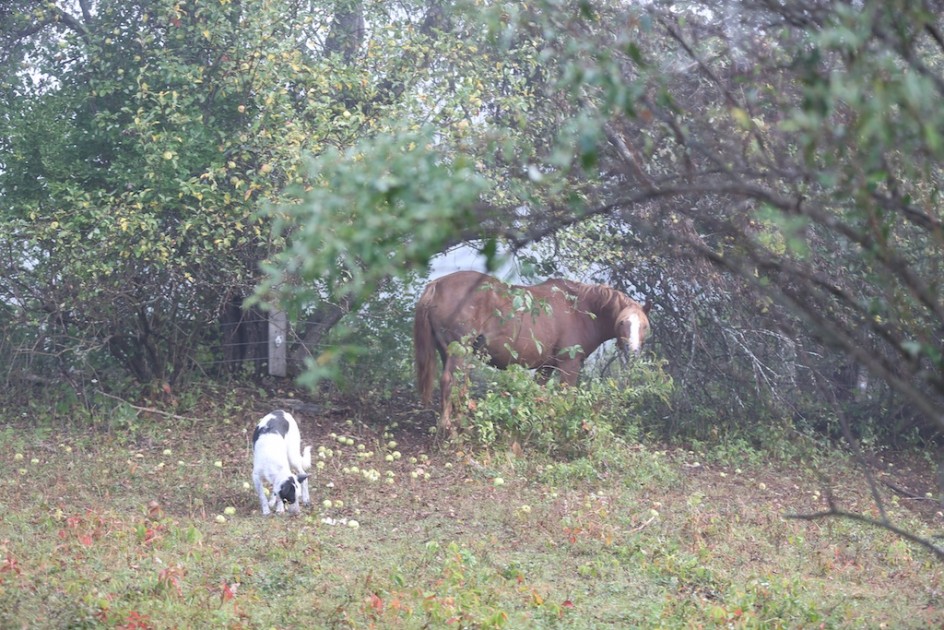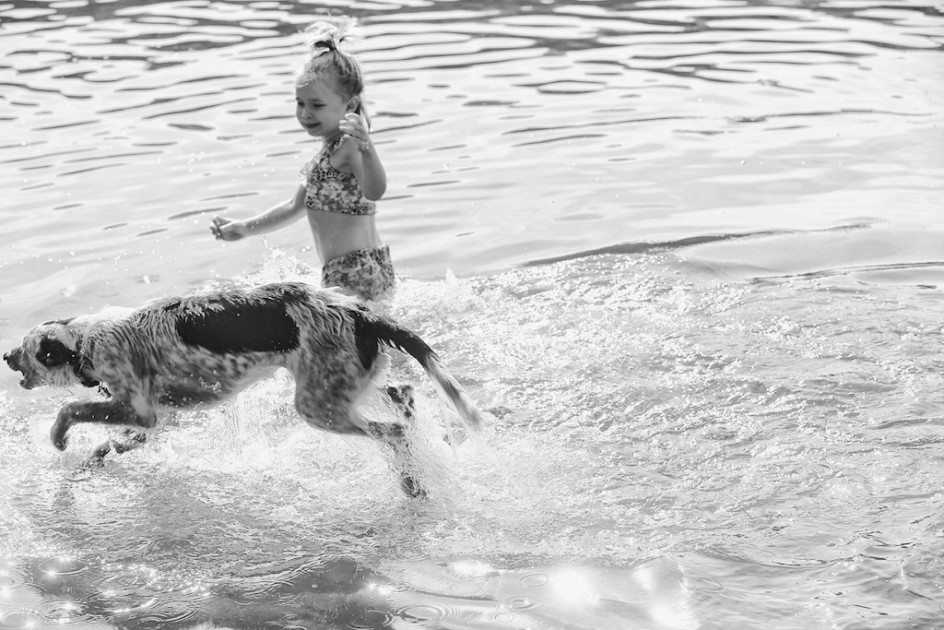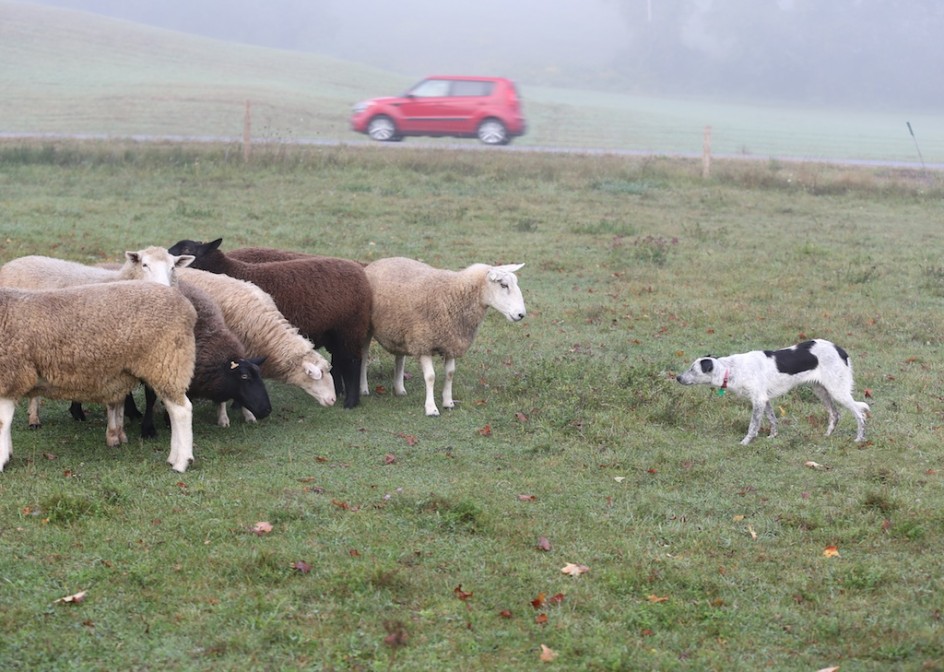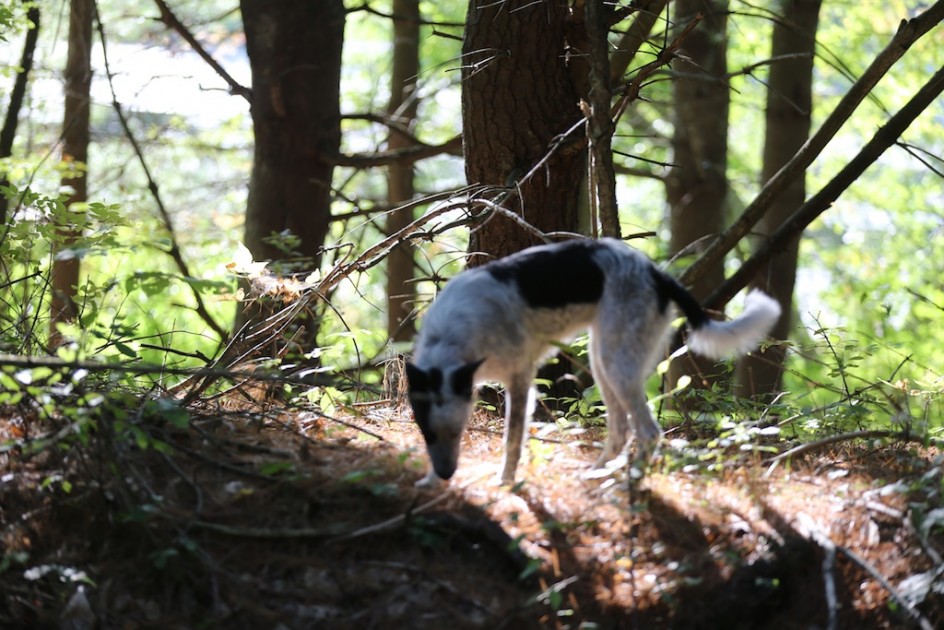
I have made friends with a horse kill buyer, we are talking online and perhaps soon on the phone. He is a nice and thoughtful man, an animal lover himself. He wrote me to thank me for writing yesterday that I wasn’t going to judge the kill buyer in Oklahoma who bought Asher and other work horses to send them to slaughter.
The rescue of Asher by my friend Nancy Gallimore was a good time, I wrote, to stop using animals to hate and batter people.
At first, John sent me an e-mail message with his IP address obscured. When I said I wouldn’t communicate with an anonymous person, he relented and sent me e-mail with his full address and we have been talking daily ever since. I was eager to get his perspective.I’ll call him John, that is not his real name, he lives outside of Chicago.
I’ve never seen a photo of a kill buyer, spoken with one, saw one described or interviewed. That is not an accident.
John lives like a secret agent, he has taught his wife and two children to lie about what he does, they all say he sells industrial insurance for a company on the West Coast. He never discusses his work, he is not sure his kids even know any longer what he really does. He goes to horse auctions throughout the Mid-West and buys horses, some old, some young and healthy, some sick and pays anywhere fro $500 to $850 for them.
He gets a commission from the slaughterhouses, he makes more than $40,000 a year, he said, he didn’t wish to say more. He owns his own home, a small three bedroom Colonial in a working-class suburb in Northern Illinois. He lives far from the horse auctions, it is safer, he says.
Like so many farmers and others in the animal world, he suffers at the hands of people who call themselves animal rights activists. They hate him, as they hate so many others, and harass him when they can. He has been called a murderer and a Nazi many times. He has been called a killer and a scourge. He is also smart enough to be aware of the great irony of that, so many of the horses they ban and the animals they take away from people like farmers and carriage drivers have horses that end up in the hands of people like him. “Among other things,” he says, “the animal rights people have made it so difficult to have animals like horses that many people are giving them up. They come right to me.”
He know better than anyone, he says, how broke and overwhelmed the horse rescue farms are. They come to the auctions all the time to compete with him, and they almost never can.
The animal rights groups lobbied for years to shut down the horse slaughterhouses in America, they were, he said, much closer and more humane than the ones in Mexico. Now, the last ride of the horses is very often a hellish one.
John keeps a close eye on the effort to ban carriage horses in Chicago – they even set fire to one of the stables, say the police – healthy draft horses bring good prices, he said, the bidding for them will be high. And where else, he says, will they go?
When John buys the horses, they go to feedlots where they are given poor food for sustenance for a few days or hours, then are shipped on trains or trailers to Canada – sometimes to Mexico. The rides are long, hot, crowded and frightening. Then they are killed, usually by having nails drilled into their heads. The journeys are rough, he admits, he cannot bear to see the horses once he buys them.
Business is generally good, horse meat is used in many products, including cat and dog food and other kinds of meal. It is often shipped overseas. He would rather do something else, but his last job was in an Amazon warehouse, and he said many of the horses are treated more humanely than he was. He needs to feed his family and cannot bear the life of the unhappy corporate worker, one quarterly report away from being laid off and dumped out on the street.
“I feel bad about the horses sometimes,” he said, “but they have to go somewhere, there is no place for them to live, they are being abandoned all over the place, so that’s what I do.” I suppose we don’t like to think of horse kill buyers as ordinary human beings, but they are. John loves to take his kids to see the Chicago Cubs.
John has two dogs and two rescue cats, he and his family love them dearly, dote on them endlessly. People come to the auctions and scream at him, shout insults, spit at him, curse him, follow him outside, sometimes slash his car tires, threaten to hunt his family down and do to them what the kill buyers do to the horses. He is obsessed with a security, he shreds his bills, puts no personal information on his cellphone, does not allow his children to bring anyone home.
In his career, he has had to move twice and he and his wife understand he may have to move again. I was very comfortable talking to John online, I liked him. I hope to talk with him on the phone later this week, voice-to-voice. I said it was not for me to judge him, we all had to work and pay our bills, he has two kids to take care of – one with a chronic muscle disease – and a marriage to sustain. His wife works in a part-time job at a knitting factory. His loves his life and his family, he says, he likes the freedom, mobility and independence associated with his work.
It is wrenching sometimes, he says, to outbid animal lovers who desperately try to save horses but do not have the money to save them. He tries not to look at their faces. Sometimes, he says, he will look into the eyes of a horse and see a spark or some kind of light, he will drop his hand or his numbered card and pass over him. He feels sometimes, he says, like the Angel Of Death. He doesn’t want to play God, he wishes we lived in a world where every horse could live a full and natural life.
But we don’t, he says. Somebody has to do what he does.
I appreciated the conversation with John. I have written – and believe – that compassion isn’t only for people we like who do things we like. I did like John, he seems very nice and quite sensitive. I like him more than most of the political leaders I see spewing rage and hatred to gain power.
I believe it is a travesty to use animals as an excuse to hate or judge people. There are people I dislike, but I don’t feel that way about John. He is just an ordinary man, doing his work. He is not the problem, hating or judging him is not a solution for me.
This hatred is the cancer infecting much of the modern-day animal rights movement. Hatred and rage have despoiled the very idea of rights for animals.
Hatred and righteousness is also the cancer of some parts of social media. We sometimes seem to be a nation of haters and mobs and self-appointed judges and juries. When Dr. Palmer was accused of killing Cecil the Lion in the cruelest of ways, millions of people online thought it was find to threaten his wife and children and patients and employees and disrupt their lives.
I believe in a different way of understanding animals than using them to hate people, I believe in a wiser and more mystical one. We will either live together in harmony, or fall together in anger and confusion.
It was good to talk to John, I learned a few things from him, he is an ordinary man trying to do the best he can in a complex world. Just like me.
I am no better than him, and he is no better than me.




